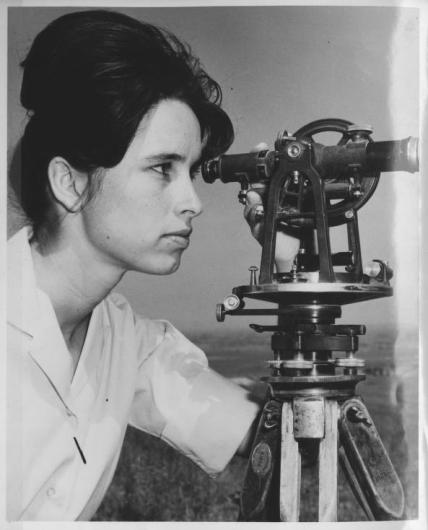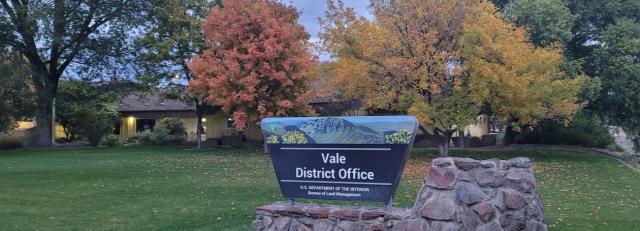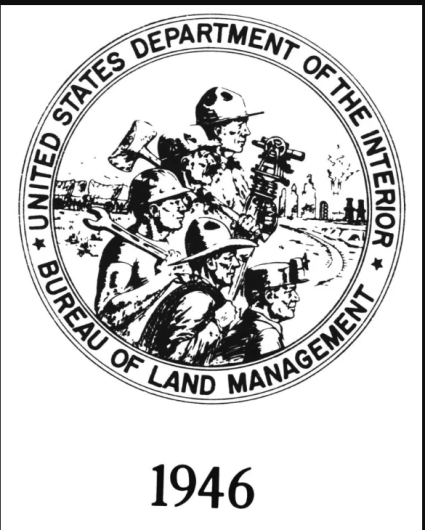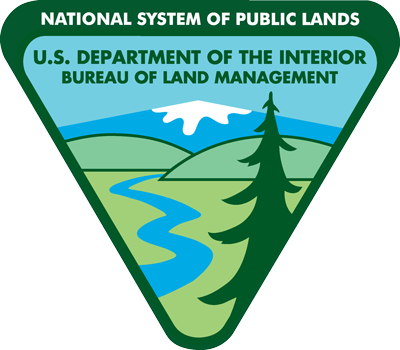You are viewing ARCHIVED content published online before January 20, 2025. Please note that this content is NOT UPDATED, and links may not work. Additionally, any previously issued diversity, equity, inclusion or gender-related guidance on this webpage should be considered rescinded. For current information, visit https://www.blm.gov/blog.
Celebrating Women’s Equality Day: BLM’s First Woman Range Con?
The U.S. Congress established Women’s Equality Day in 1973 to commemorate the certification of the 19th Amendment to the Constitution, granting women the right to vote. Celebrated on August 26 each year, this day also provides an opportunity to reflect on milestones in women’s efforts to gain equality in the workplace.
As documented in Opportunity and Challenge – The Story of the BLM, Elaine (Mosher) Pearsons was the Bureau of Land Management’s (BLM) first woman forester. But who was the agency’s first woman range conservationist? A recent search of the BLM Library’s Historical Photograph Collection returned an intriguing result. The following caption accompanied the photo of Susan Semenza featured in this story:
FIRST COED JOINS BLM RANGE CONSERVATION STAFF IN VALE DISTRICT. Home on the range will never be quite the same for the Bureau of Land Management range conservation staff in Vale (Oregon) District. A 21-year-old coed from the University of California is now their colleague - the first woman ever hired by BLM to work in range conservation. Miss Susan Semenza, of San Diego, has invaded this previously all-masculine world of range management in full force. Assigned the traditional duties of the job, she strongly maintains she is as qualified as the next "man." Susan's major at the University of California - where she will enter her senior year in the fall - is range management. As a BLM summer trainee, she has been putting her talents to good use. Preparing grazing allotments, compiling survey data, map work, and completing an herbarium have been among her duties. Love of the outdoors led Susan into conservation and then into the field. She plans to enter government service upon graduation. "A woman in range management might be considered unusual by some, but we think of her as a pioneer," noted Charles H. Stoddard, Director of the Bureau of Land Management. "Her dedication to conservation is just an example of what President Johnson referred to when he urged that women be accepted in all areas of government and industry since they too could do a job well."

This caption reads like a news release or an article. However, so far, searches have not turned up the original source or any additional information about Semenza.
“My guess would be that someone from the office she worked out of wrote up that caption and included it with the print that made its way years later to the library’s collection,” said Daniel Steelman, Digitization Librarian with the BLM Library.
If the information is correct, the inclusion of a quote from Stoddard indicates that Susan Semenza was hired sometime between June 1963 and June 1966, when he served as BLM Director. It also highlights the significance of this event in the agency’s history.
The mid-1960s were an exciting time to work for the BLM in general, and range conservation for the Vale District in particular. The BLM’s multiple use mission had just been established in legislation; a major reorganization of the agency was implemented to reflect that; and the BLM’s workforce and budget grew exponentially.
In 1963, the BLM launched the “Vale Project,” a “rangeland rehabilitation” effort that included activities to combat soil erosion, protect watersheds, and improve forage for both livestock and wildlife. Congress provided $10 million in an 11-year period for this project, the equivalent of $100 million today. Presumably, a significant portion of that funding was used to hire new or support existing staff, possibly including Semenza.

We may never be able to explain why this caption seems to be the only documentation of Semenza’s BLM employment. Perhaps she decided to pursue a different line of work; perhaps she changed her last name after marrying; or perhaps she decided to seek employment with a different government agency. It wouldn’t have been easy to be the first woman range con in the agency at any time, but it may have been especially difficult in the mid-1960s. According to Opportunity and Challenge – The Story of the BLM:
“During the 1950s and 1960s a new breed of employee entered BLM. He – or she – had college training in natural resource management, usually a degree, plus membership in a professional society such as Society for Range Management, founded in 1948. They brought with them new educational backgrounds, new attitudes, and stronger multiple use philosophies – and soon clashed with old-timers from the [General Land Office] and the Grazing Service.”


Regardless of what happened after Susan Semenza left the Vale District, on Aug. 26 we celebrate her and all of the BLM’s “first women” like her. With women now making up slightly more than 36 percent of the BLM’s workforce, the agency still has work to do to equal that of women in the national civilian labor force, which now stands at 47 percent. However, today the hiring of a woman as a “summer trainee” is no longer newsworthy enough to merit a quote from the BLM Director - who herself is of course a woman. That is significant progress.
Jennifer Jones, Administrative Specialist
Related Stories
- Protecting lands and communities: Shaila Pomaikai Catan
- Celebrating the power of public lands through tourism and community impact
- Top 5 things to know about the Comprehensive Animal Welfare Program
- First 100 days: BLM drives energy expansion and national strength
- BLM Recreation Sites Available to All: Exploring Accessibility on Colorado’s Public Lands
Office
1849 C Street NW
Washington, DC 20240
United States
